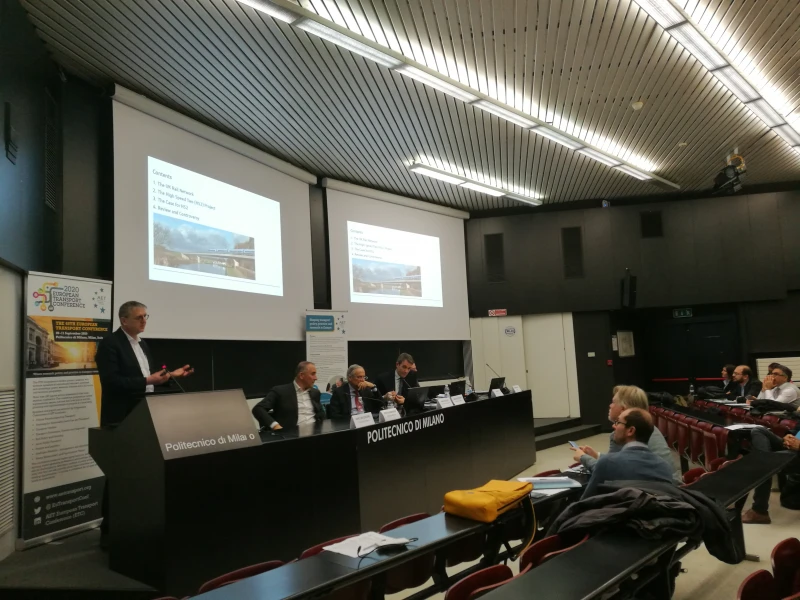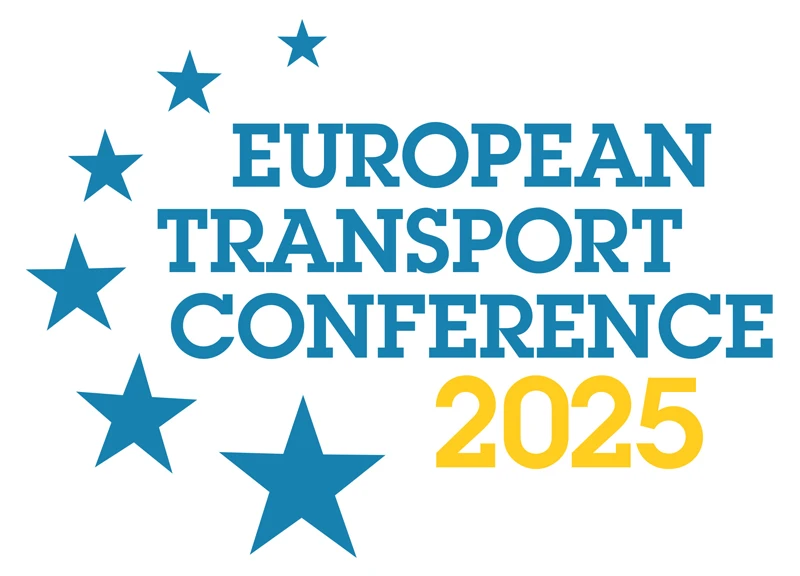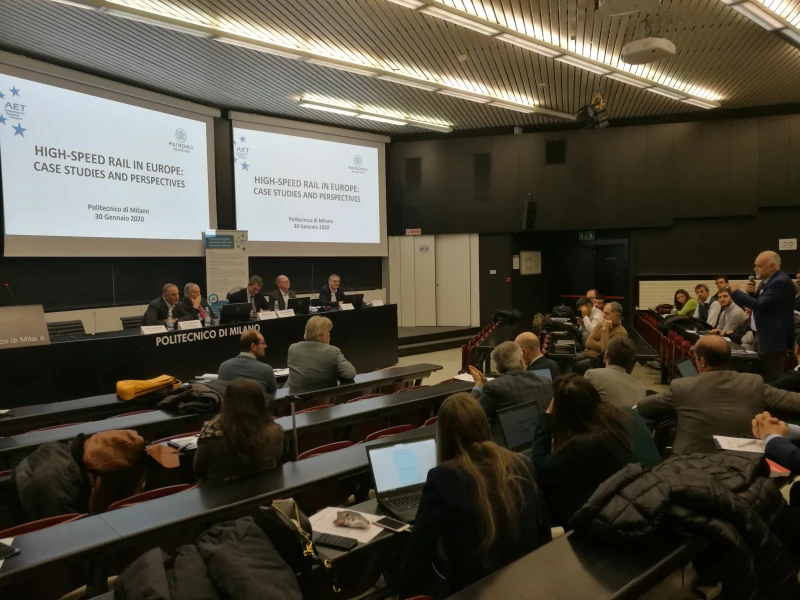-
Past ETC Papers

Browse, search and view papers from the past AET Conferences.
-
Members' Area

AET promotes networking and exchange of ideas, information and opportunities amongst members.
Conference Papers 2015
Frankfurt, Germany
ETC Conference Papers 2015
The influence of motorised traffic on pedestrian flows and behaviour - new insights from bus stop data
Seminar
Day 1 (28 Sep 2015), Session 2, Tools for integrated design for pedestrians, 16:30 - 17:00
Status
Accepted, documents submitted
Submitted by / Abstract owner
Paulo Anciaes
Authors
Paulo Rui Anciaes, University College London, Peter Jones, University College London
Short abstract
This research used video surveys and bus stop data to analyse the influence of road traffic on pedestrian flows
Abstract
Motorised traffic inhibits the movement of pedestrians, with potentially far-reaching consequences on the wellbeing of the residents in affected areas. The persistence of these effects may lead to the suppression of walking trips, which is associated with lower levels of accessibility to goods and services, physical exercise, and social interaction
This paper assesses the influence of traffic on pedestrians in an area in London surrounded by major roads. The study adds to the existing literature by investigating the role of traffic levels and speeds in explaining discrepancies between observed and expected pedestrian pavement and crossing flows. The observed flows were calculated from a video survey and the expected flows were obtained by analysing the number of passengers using bus stops and using network analysis to derive the optimal walking routes to those bus stops. The use of this approach is facilitated by the characteristics of the case study area, a neighbourhood with very few destinations for pedestrians other than bus stops.
The analysis found evidence suggesting that some pedestrians avoid the main road running through the area, which has high traffic levels and speeds. The propensity to cross the road is much higher in quieter roads, when comparing both with the number of pedestrians walking along the road and crossing in formal crossing facilities. The propensity to cross tend to decrease with traffic levels, both when considering the daily crossing flows in different crossing points across the study area, and when considering the variations in traffic levels throughout the day in the same location.
Documents:

Association For
European Transport
Forester House
Doctors Lane
Henley-in-Arden
Warwickshire, UK
B95 5AW
+44 (0) 15 64 793552
VAT number: 710 1866 64
Conference Supporters & Endorsers




Legal Entity
The Association for European Transport is registered as an Association ('vereniging') with the Chamber of Commerce for Haaglanden in The Netherlands under company number 27170096.
Built on Zenario




